Monday was a holiday. For most, Patriots’ Day consisted of recovering from yet another Easter celebration. But for Boston College students, the day carried an additional meaning: it was Marathon Monday.
The majority of campus may not have been running the 26.2 miles, but they were participating in a marathon of their own. From the crack of dawn to around 5 p.m., students flooded Commonwealth Ave. Hour after hour, they cheered on runners—many of whom they had no affiliation with—at, arguably, the most pivotal point of the race.
Location-wise, BC not only marks Mile 21, but also the end of Heartbreak Hill. The infamous climb, which posts a 3.3 percent grade incline, is the steepest of the five major marathons (Boston, New York, Chicago, Marine Corps, and Los Angeles). So when the runners hit the downhill, they are near exhaustion. Having already traveled 20-plus miles, and still needing to run about five more, it is common for runners to slow down, walk, or even call it quits at this point of the marathon. What they really need is a boost of adrenaline. And just like every year, BC delivered.
The atmosphere is surreal. As close to 30,000 runners pass, thousands of students, faculty, and alumni alike fill out the surrounding area. It feels like a dream. After all, it really is the only day where everyone on campus genuinely cares about the sport of running.
With the exception of Marathon Monday, competitive running is all but neglected at BC. Don’t get me wrong. There are plenty of people, myself included, who run for fun, or perhaps are training for their own half or full marathon. But in terms of the school’s varsity cross country and track and field programs, most are apathetic.
You can’t blame them.
BC does not have a cross country course on campus. This is understandable, considering the school’s location and proximity to the city. Realistically, it would be virtually impossible to fit eight kilometers of racing on any of the three campuses without bleeding onto the streets.
And let’s be honest. Cross country, whether it is at the high school or collegiate level, rarely draws spectators. The length and dynamic of the race makes it hard to follow. Unlike the majority of sports, the competition isn’t restricted to a confined playing field, pool, court, or what not. As a result, it isn’t practical to watch an entire race.
On the other hand, track is a different story. Limited to an arena, fieldhouse, or an outdoor field, every event is visible and typically caters to the average viewer’s attention span. Yet BC does not have an indoor or outdoor track facility. In fact, it hasn’t since the 1990s. Before there was a demand for increased seating in Alumni Stadium, there was a track that surrounded the football field. But with the program’s rise in prestige, it only made sense to tear down the track and to expand the viewing area available to ticket holders. It upped the stadium’s capacity, but, more importantly, it moved the fans closer to the field of play.
Still, the track was gone, and so were the traditions that came with it. For years, the school hosted the BC Relays. Numerous schools throughout New England made the trek to Chestnut Hill to compete in an assortment of events, ranging from the decathalon to the 440-yard relay. This kind of invitational puts programs on the map, and can be even used as a recruiting ploy—a luxury that BC hasn’t enjoyed since the turn of the century.
On the bright side, the removal of the track inside Alumni offered a new opportunity. Because it ringed around the football field, it’s measurements were slightly off, meaning that tracking certain distance races was awkward and inconvenient. But instead of taking the chance to build a refined track elsewhere on campus, BC decided to refrain from making such an investment.
Currently, both the men’s and women’s track and field teams use Harvard’s facility as their home course. Sure, it may be doable, and it is by no means a hike, but it defeats the purpose of a home course. It’s already hard enough for the school to coax students into attending the high-profile sporting events. By exiling teams to another school—let alone Harvard—the teams are bound to be ignored.
Contrary to cross country, space is hardly the problem. Last year, BC Director of Athletics Brad Bates announced the plans for three projects to be built on the Brighton campus: a recreational center, playing fields, and a field house. According to the school website, it is a $200-million investment, designed to “enhance intercollegiate, intramural, and club sports at BC.”
Both the softball and baseball programs will be receiving new playing fields, light poles, increased seating, and a state-of-the-art sound system. Additionally, there will be an entire field dedicated to intramural sports. Essentially, track—a varsity sport—was beat out by the likes of flag football.

But the proposals shouldn’t stop there. Regardless if it’s on Brighton or not, there are other places where the school can construct a track. Take Newton. The soccer and lacrosse field is the perfect size for an infield. Yes, there would need to be changes concerning the bleachers and the fence surrounding the field. But it would be a relatively easy fix to a long-lasting problem.
What’s even more inexcusable is the absence of an indoor track. Every other Beanpot school—Northeastern, Harvard, and Boston University—has one. All BC has to offer is a rock-hard, less-than-200-meter oval that straddles the tennis courts.
And that new recreational center that Bates introduced? Well that won’t help either. To this point, it has been revealed that the complex will include a jogging track. That description does not imply whatsoever that the school intends to field a competitive banked track. If anything, students could very well be getting a glorified version of the current one.
But track isn’t the only program that’s getting the short end of the deal. According to the plan, the swimming and diving teams are set to become the only ones in the ACC and the Boston area to not carry a 3-meter-high diving board. Men’s and women’s tennis will lose a total of seven courts, leaving the teams with just three—far fewer than the rest of the conference. And the fencing program is also expected to shrink in size.
Time and time again, BC, despite bragging about its conference-best 31 varsity sports, leaves the non profit activities in the dust. It’s inevitable that, just like the rest of the country’s Division I schools, BC loads up the moneymakers—football, basketball, and in its case, hockey. But that doesn’t mean that the rest of the programs have to be routinely cheap shotted. And there doesn’t have to be a tradeoff. In the track world, schools like Virginia, Virginia Tech, and Louisville are highly competitive. All three of those schools also made the NCAA Tournament and two of them reached Bowl games this year.
Besides, there’s something to say about living up to your name. Worldwide, Boston is renowned for its marathon. In the United States, the term Heartbreak Hill is common knowledge. Unsurprisingly, runners from all 50 states ran in this year’s marathon. Boston may have Fenway, and it may be a hockey town, but for runners, it is a haven.
Right now, BCEagles.com lists that more than half of men’s track and field’s roster is from the East coast. As one of the hot spots of the running world, the school has no reason not to be pulling from a more diverse group of recruits. The only thing stopping it is money.
But if BC is really is “Boston’s College,” it’s about time that it starts to respect that title.
Featured Image by Steven Senne / AP Photo

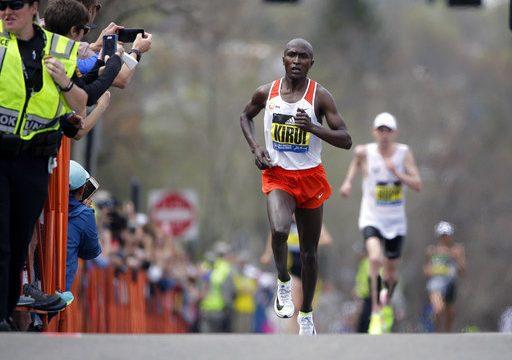
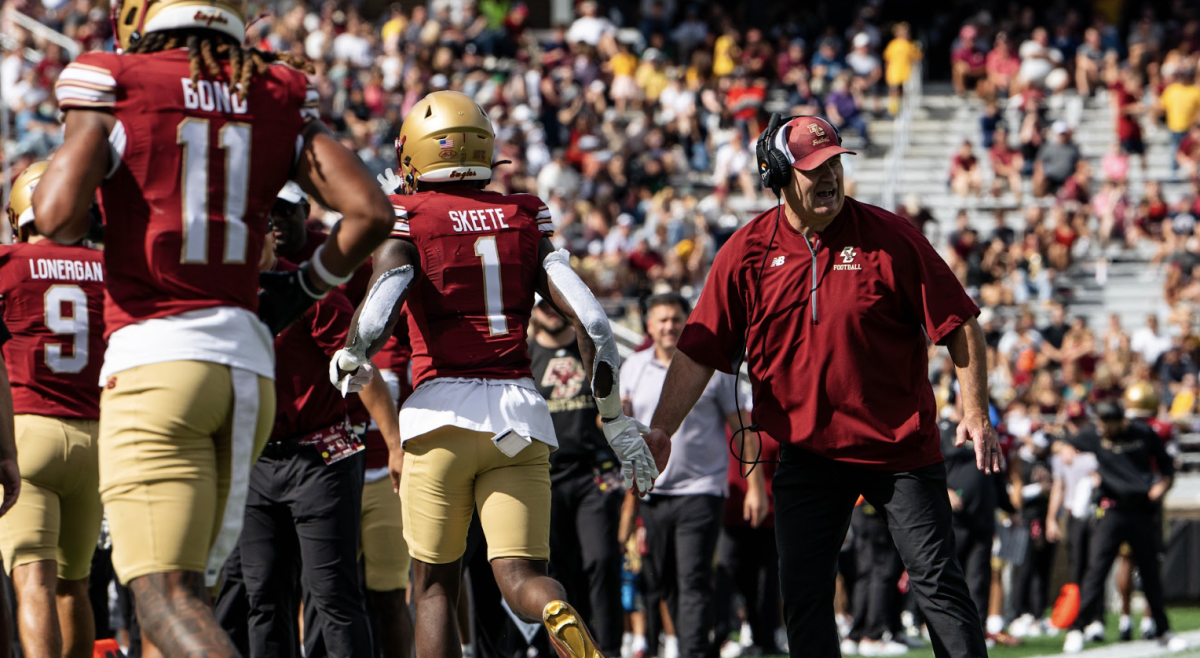
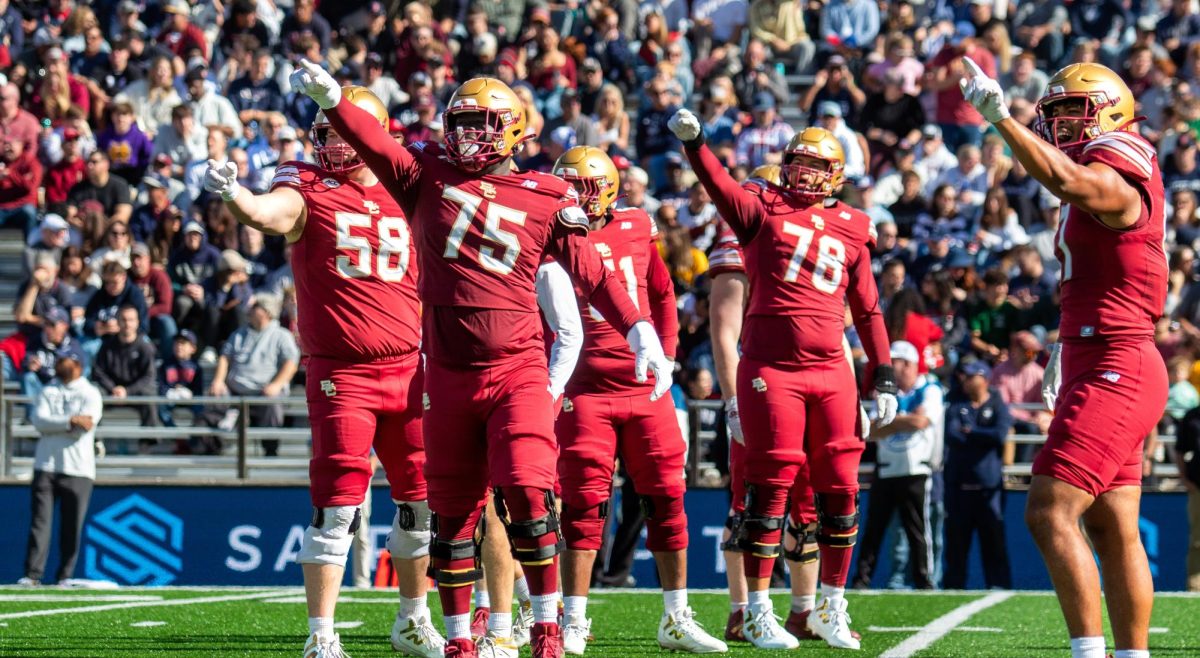

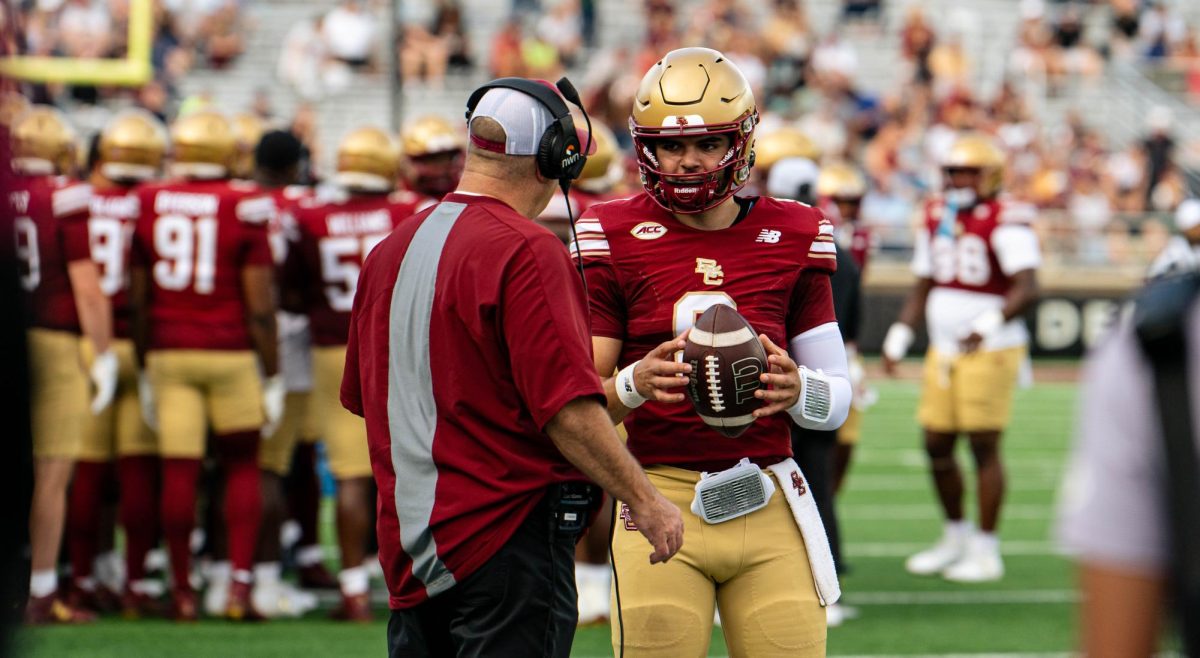

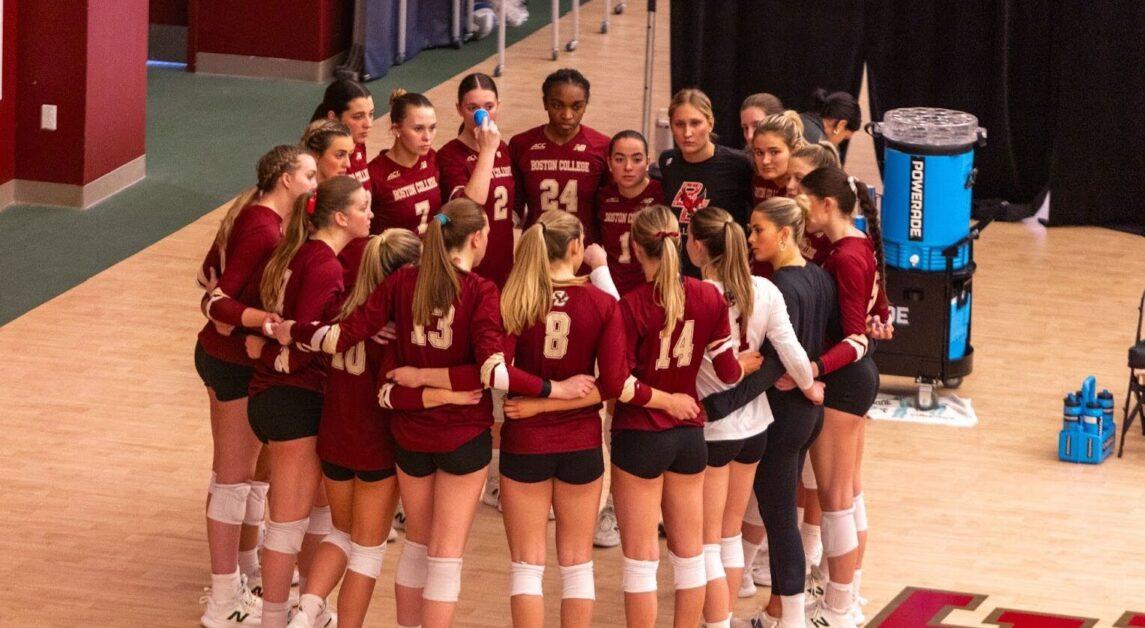

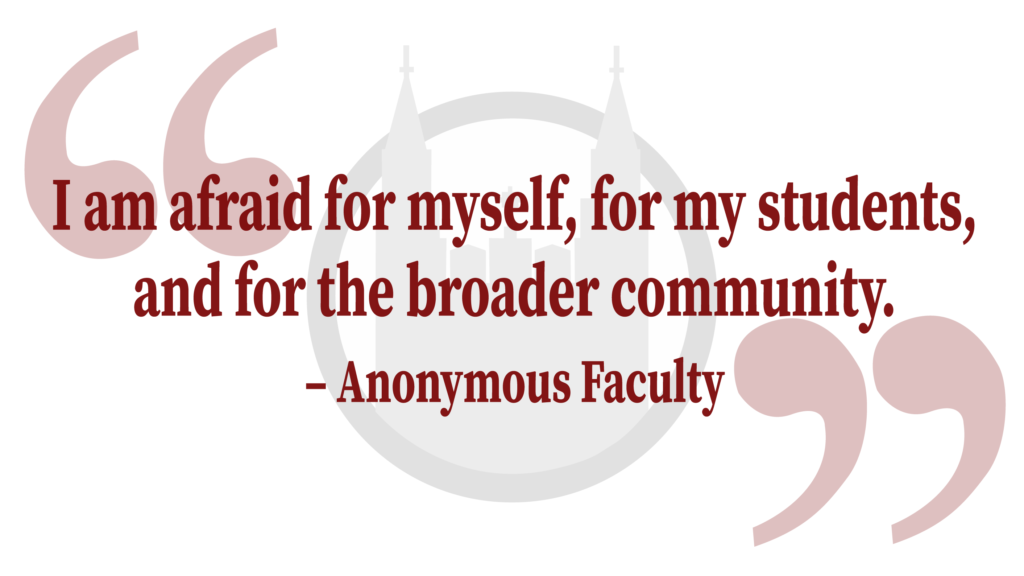


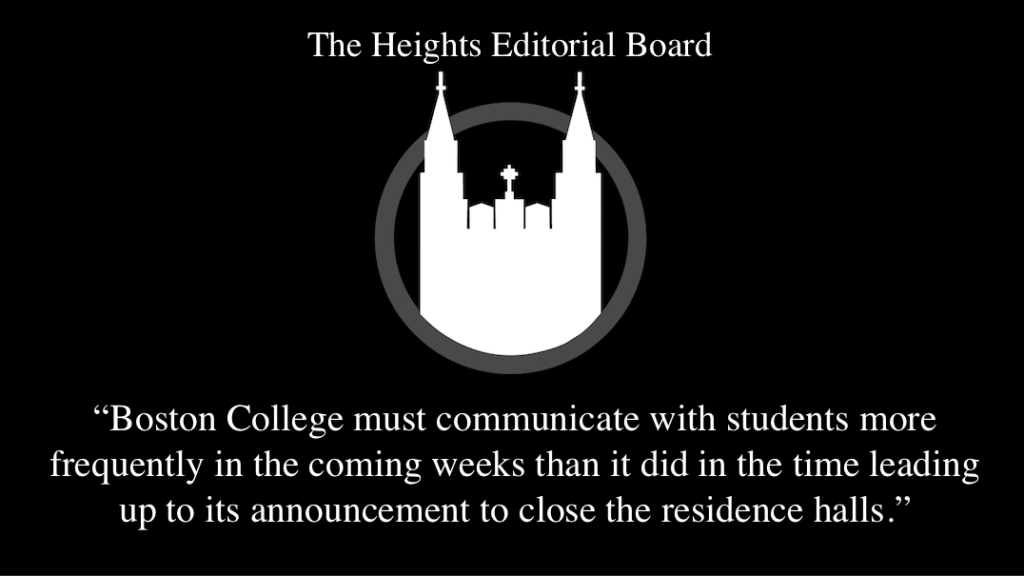



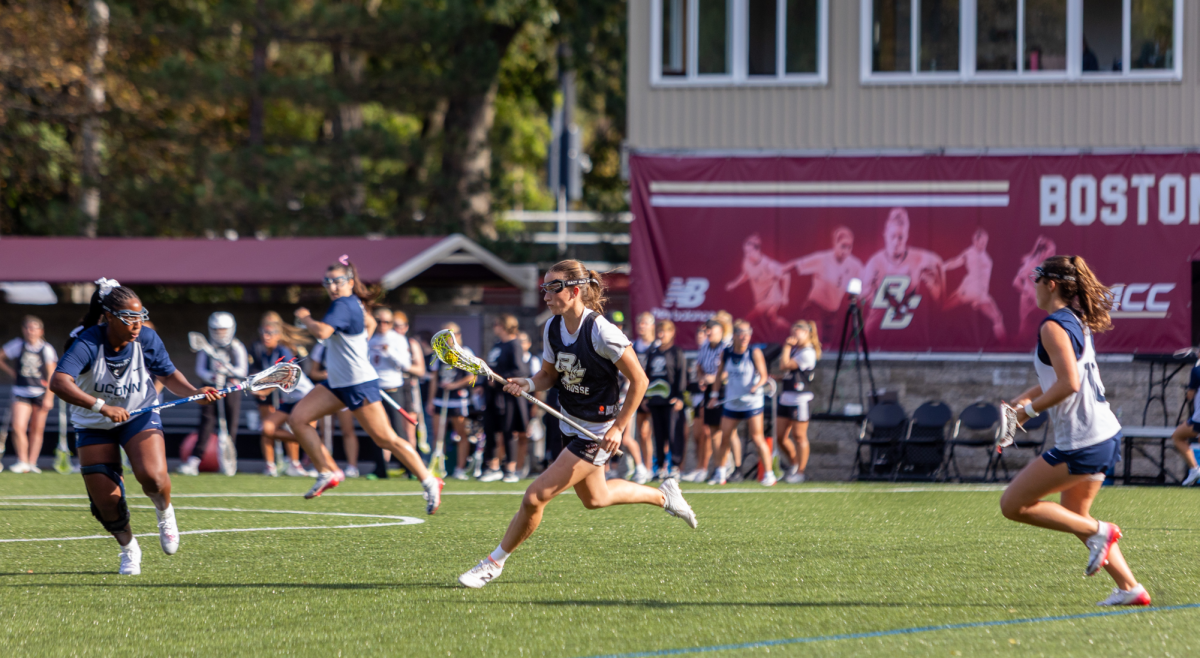
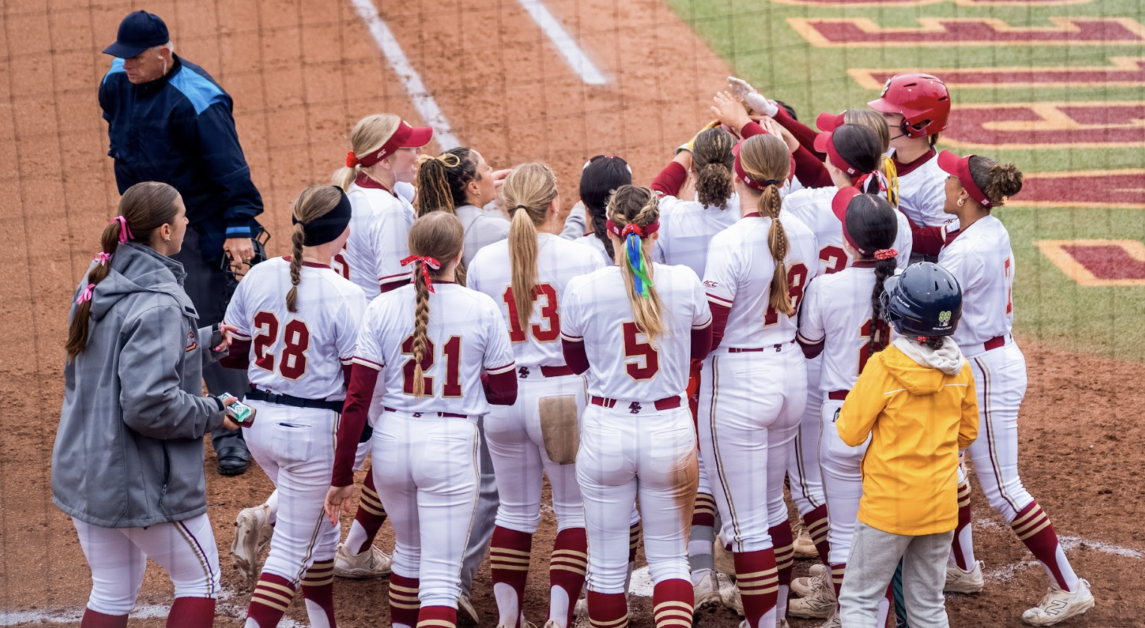
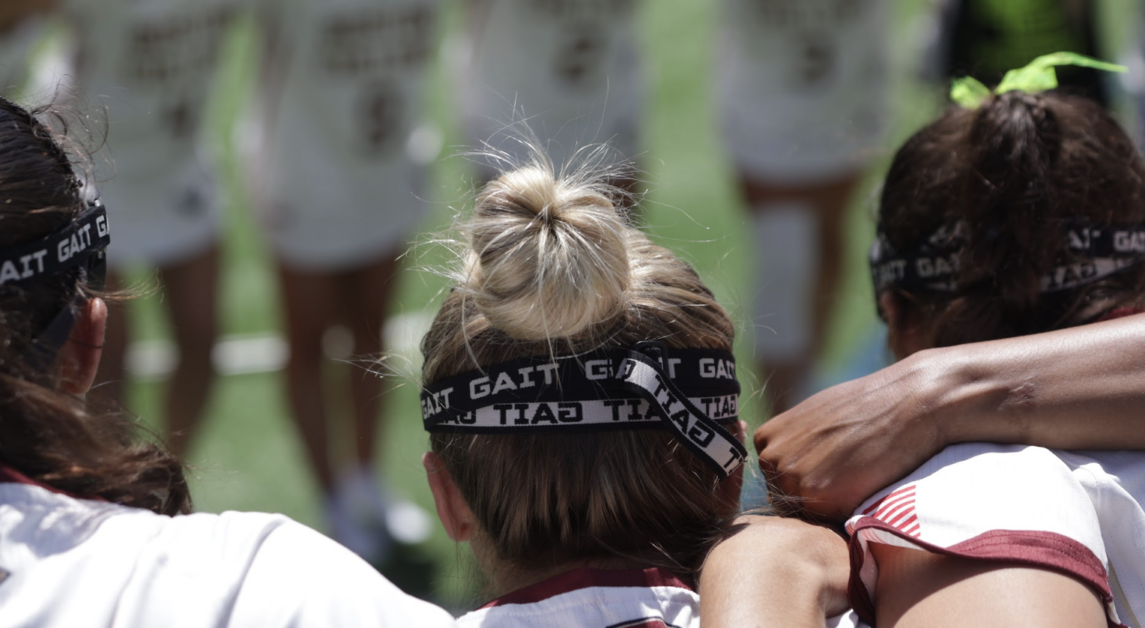

Phil NJbcFan • Apr 24, 2017 at 11:58 am
BC loves to do things half way. Never to excel and always to field an average or worse team just to say they have a team. The administration has to commit to sports or drop sports. There is no half way. Its like fighting a limited war, it doesnt work. They have the same issue with football and basketball. Either go all the way or go home.